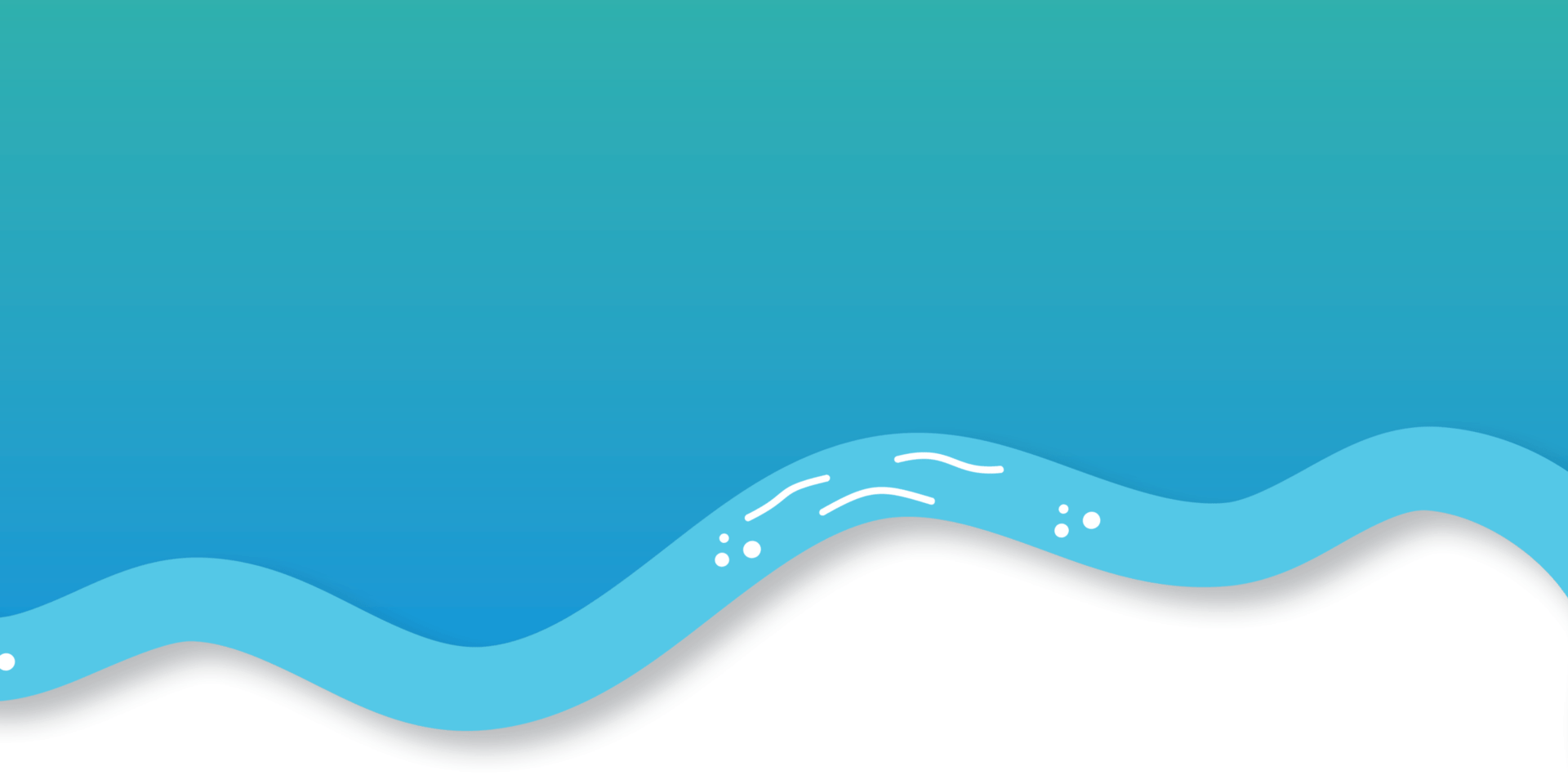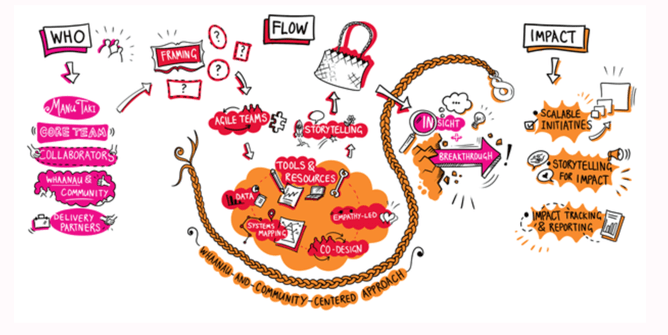Tēnā koutou katoa
We’re continuing to make progress across all the key project components which were identified for the first half of 2021: governance, operating model, SDG workstreams and communications. A couple of these have now reached key milestones, which are summarised below.
Governance
Putting a governance group in place is a key foundation step for the Waikato Wellbeing Project, ensuring that we have the oversight, support and accountability to succeed. Our governance structure will be based on an Advisory Board-Kaitiaki, who will work with and support the Executive Director and manu taki to ensure that the project is reaching its goals.
We have spent the past few months clarifying the process to recruit the Advisory Board-Kaitiaki, and a public call for expressions of interest has now been issued. We are looking for people who have a proven track record of leading innovative social change, have a strong understanding of systems thinking, human centred design, empathy-led research and te ao Māori.
We are looking to have around 5-7 members on the board, who collectively bring these skills and perspectives to the project. At least one member of the board must have significant skills in te ao Māori.
Co-chairs
The Advisory Board-Kaitiaki will have two chairs. We will seek expressions of interest in being the Inaugural Chair, for a period of two years. The chair will have the above skills and additionally will have considerable leadership, governance and influencing skills across all elements of life in the Waikato.
In addition, and in recognition of Te Tiriti o Waitangi, the Advisory Board-Kaitiaki will have an iwi/Māori Co-Chair, who will be selected by Waikato iwi. Waikato-Tainui are assisting us with this process.
An invitation to participate
If you are interested in being a part of the Advisory Board - either as a board member or as the Inaugural Chair, click here to view the request for expressions of interest. Responses will be evaluated by an appointments panel and we expect to announce the board in early July.
Operating model
The Sustainable Development Goals and the targets developed in 2019-20 tell us what a more sustainable and prosperous Waikato region might look like by 2030, but it doesn’t necessarily tell us how to get there. While each manu taki will approach their mahi in a way which responds to the unique opportunities of that SDG and its stakeholders, we are keen to make sure that the WWP has a coherent way of working which is complementary to the approaches currently used.
There is already a very significant amount of work happening on the ground, at local and national levels that will contribute towards wellbeing, so we don’t want to duplicate those valuable processes. We have spoken to a wide range of people and organisations involved in social change in the Waikato and New Zealand, as well as reviewing national and international best practice models and approaches.
Having reviewed and considered these best practice examples, we have developed a draft operating model as shown below. The process starts with the people who have a stake in each SDG, led and facilitated by our manu taki. These stakeholders coalesce to frame up a few key questions about how things might be changed. For example “how might we radically transform the journey of our youth to tertiary training and employment”. They may have a cause-and-effect hypothesis in mind, a problem statement, or they may wish to explore how a system really works to better target intervention.
Having framed the challenge, agile teams are formed to explore different elements of the challenge and to better understand root cause and system performance. These teams need to reflect the community of people who experience the system, as well as those who oversee and fund it. The agile teams access our kete or design tools such as deep data and analytics, systems mapping, co-design processes and empathy-led research. Using these tools, we can build detailed, knowledge rich stories of how systems really work, what lies at the heart of challenges and what breakthrough solutions have been found to work through trial and error.
These give us the core value-add concepts of the operating model- insight and breakthrough, two factors which are sometimes difficult to develop using traditional strategic planning frameworks, allowing us to identify and scale up new and promising models and ways of working.
Impact happens through new ways of working and developing prototypes which can operate at a range of scales and locations. Prototyping means that some ideas will success, but others will not. The idea is not to avoid failure, but to quickly adapt and learn so that breakthrough ideas can emerge. We will measure the impact generated and build greater capacity by telling stories of community success, scaling up and out, and linking innovative initiatives to our programme of measuring progress towards our 2030 targets.
We’re keen to hear your feedback on this model and how it might apply to the challenges and opportunities you are working on. Please contact me by email if you’d like to hear more, give feedback or talk about how to apply the model to your challenge.
Initial focus areas
The SDGs break wellbeing down into 17 subcomponents, and the wellbeing project has clustered these into 10 groups, plus a central pou around te ao Maori and facilitating partnerships. Our approach looks to focus on those SDG clusters already developed by the project in phase 1, combined with the reality of how people live their life in places and communities- which is inevitably far more complex and dynamic than any single SDG.
The project will explore at SDGs in several ways:
- as singular areas of focus (for example hunger, housing, youth)
- as cross cutting themes where many SDGs contribute towards impact (for example climate, life on land, health & wellbeing); and
- in places where all SDGs combine and integrate in real communities. These could be as small as a neighbourhood or marae, or on a larger scale such as a suburb or a township
Our approach is to go where the energy is and where there is an invitation to contribute. This will mean that, over the next 12-18 months we may not be able to prioritise every SDG, however it doesn’t mean we’re not supporting all SDGs. The operating model and the insight tools set out can be used by all manu taki and any community to help address pressing challenges and improve wellbeing. The wellbeing project will facilitate partnerships to ensure that the greatest alignment and impact is achieved, even when the project itself is not directly involved.
Harvey Brookes
Kaiwhakatere - Executive Director
Hinonga Toiora o Waikato | Waikato Wellbeing Project


